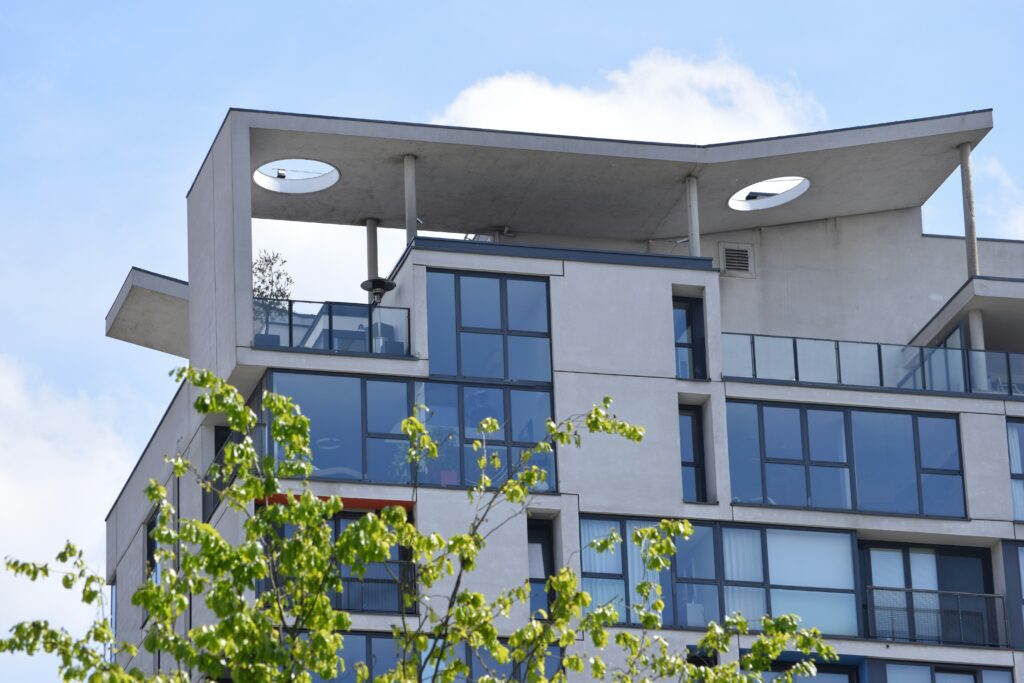
Share this post!
Smart window technology helps manage privacy, light and energy efficiency using responsive films and AI. Here we share the details every condo board should know about smart window innovation and its role in the future of condo building construction and restoration.
What is Smart Window Technology?
For the most part, smart window manufacturing uses three methods to help manage light and energy efficiency:
- Fitting smart technology between glass panels
- Using framing system integration and
- Using both framing and glass panel integration
Smart window technology is broken into two categories:
Active smart glass which is adjustable and requires an electrical current to change glass opacity, including polymer-dispersed liquid crystals (PDLC), suspended particle devices (SPD), and electrochromic glass.
Smart glass, which does not require electricity, including photochromic glass, which reacts to light, and thermochromic glass, which reacts to temperature.
How is AI Used in Smart Window Technology?
AI is used to automate active smart window adjustments, responding to changes in exterior temperatures and light. The responses are programmable adjusting the opacity or tint, to increase transparency or enhance the tint. For example, cloud coverage would enhance glass transparency to increase daylighting capabilities while the glare of direct sunlight would deepen the tint, blocking heat transference and reducing eye strain.
Is Smart Window Technology Adjustable?
Passive technology reacts to light and heat and is, therefore, more difficult to control. However, although AI can respond automatically to exterior conditions, occupants and property managers can adjust the tint and transparency of active smart glass via an app.
For example, residents can manually adjust opacity and tinting based on the exposure of their unit to reduce glare, increase privacy, or bring in more natural light. Property managers can manage energy efficiency using programmable scheduling based on sun exposure in common areas at certain times of the day to reduce demand on AC and leverage daylighting.
Pros and Cons of Smart Window Technology for Condos
Smart windows are still in their infancy when it comes to widespread application in condo apartment complexes. As a result, it’s important to understand the following pros and cons when considering this technology for your window replacement project.
Pros
- Adjustable settings can be used to manage privacy, daylighting, views, etc. in active glass
- Optimizing natural light and managing glare can reduce HVAC and energy use for artificial lighting by as much as 20%.
- Smart windows can reduce eyestrain by 51%, cause 63% fewer headaches and reduce drowsiness in occupants by 56%
- Residents don’t require blinds to manage sun exposure and glare
Cons
- The small electrical charge required for active smart glass works out to roughly 3 to 5 watts per square meter, which adds to energy consumption
- Smart glass isn’t widespread which means it can be harder to find a provider
- Costs are quite expensive ranging from $70 to $100 per square foot installed for passive glass and $80 to $150 for active glass (although buying in bulk can see significant savings)
- Installation is more labor-intensive and costly requiring glaziers, window film installers and/or electricians
- Potential maintenance increases due to possible mechanical failure
Although current costs might seem prohibitive, it’s worth exploring possible energy savings, improved resident comfort and potential increases in property value offered by smart window technology.
The condo experts at CPO Management Inc, a full-service property management company in Toronto and the GTA, have had tremendous success helping condo corporations undergo major restoration projects such as window replacements.
Reach out to us today to learn how we can implement capital projects and achieve cost savings and efficiencies for your corporation.
